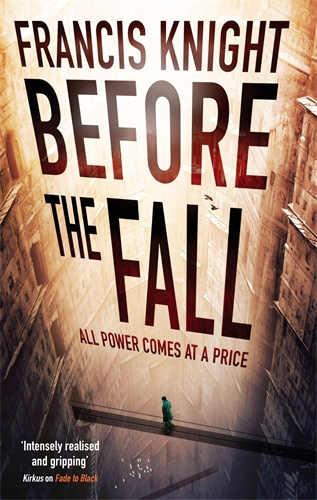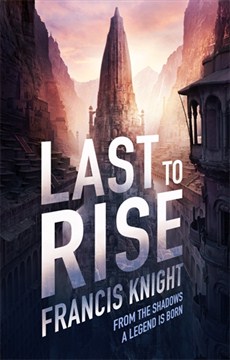On the Disruptive Technology of Magic
When I began writing the Night Angel trilogy, I deliberately started with a world in which there were few magic users, and most people would rarely encounter one during their lives. I mentally compared them to professional athletes in our world–if you have a normal job, you might glimpse a seven-foot tall basketball player walking through the airport someday, and be awed. On the other hand, if your job is an athletic trainer or referee, you might see professional athletes every day, so as the Night Angel trilogy progressed and the characters grew, we saw more and more magic.
In Lightbringer, I wanted to go high magic. After all, why not? I soon found out. Mo’ magic, mo’ problems.
Having lots of magic makes for lots of narrative problems. First, the main problem for any secondary world fantasy is setting the stage, defining the rules, the institutions, the time period, the religious and cultural beliefs and all the other expectation-setting that we’ve come to call world building. In Night Angel, I’d given myself a low bar to clear: at least at first, the world is straight-forwardly quasi-medieval European. You’ve been there before, you can make good guesses about how things work. In Lightbringer, we’re in a different place and time entirely: this is a Renaissance era quasi-Mediterranean setting. Not only is there a huge number of real cultures to draw from, but it was already a time of rapid technological and social change.
Take one small example: up until 1480, sailors aimed their cannons by resting them on the gunnel (the gun-wale), literally the side of the boat. You propped it up, moved it closer or farther to adjust elevation, and boom. But if the other ship got too close, you couldn’t hit their decks anymore. Then someone had a bright idea: you put the gun belowdecks and made little doors to open when you wanted to fire. Thus the boat could still be relatively watertight, and you could shoot at the hull of the other ship for as long as you could still shoot.
Within twenty years, the idea of portholes had spread throughout the entirety of the Mediterranean basin. No one was shooting from the gunwale any more.
But no one treats magic like this. In secondary world fantasy, usually the only person to do anything new or game-changing with magic is the protagonist. Entire towers full of magicians do research for hundreds of years, and they never learn anything new.

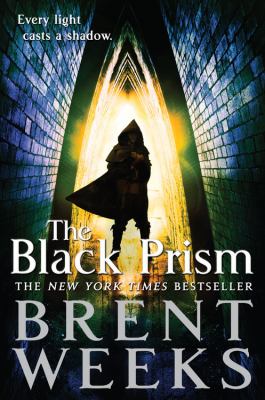
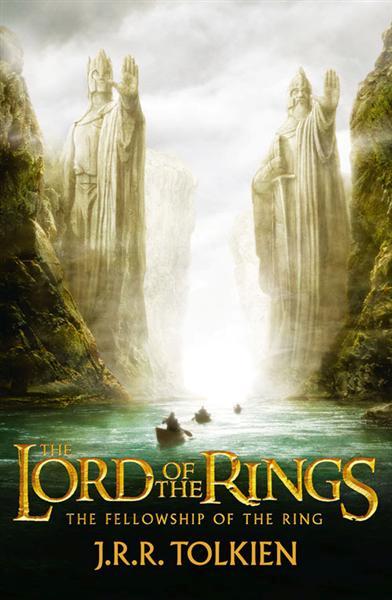 Tolkien has his flaws but being unable to build believable yet fantastical cities is not one of them. I’d would love, I mean give an arm or something, to walk the ways of
Tolkien has his flaws but being unable to build believable yet fantastical cities is not one of them. I’d would love, I mean give an arm or something, to walk the ways of 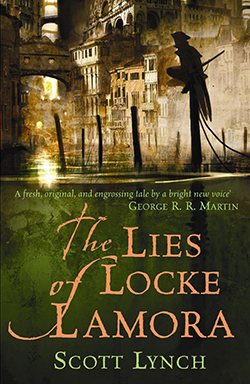 Other cities come near to that status in my mind (hey, you never forget your first love). Camorr, from Scott Lynch’s
Other cities come near to that status in my mind (hey, you never forget your first love). Camorr, from Scott Lynch’s 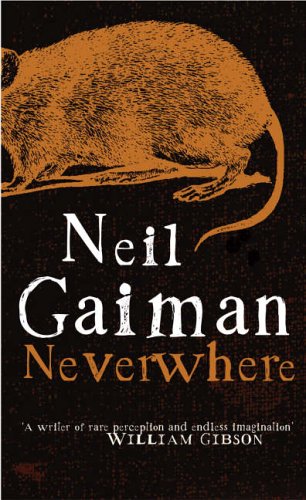
 Minas Tirith and Edoras reflect the men and women who live there – on constant guard, where skill at arms isn’t just posturing, it’s necessary, and so are the defences and the oaths and honour the people who live there take so very seriously, and for good reason – oaths and honour are perhaps all that have kept them alive all this time against what lies to the East.
Minas Tirith and Edoras reflect the men and women who live there – on constant guard, where skill at arms isn’t just posturing, it’s necessary, and so are the defences and the oaths and honour the people who live there take so very seriously, and for good reason – oaths and honour are perhaps all that have kept them alive all this time against what lies to the East. 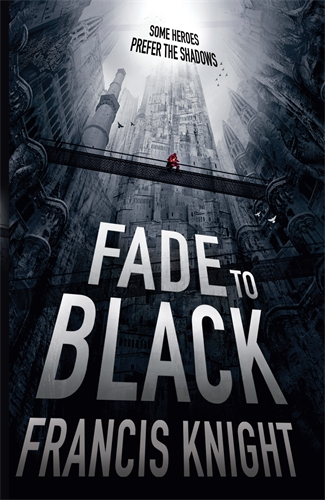 So when I started ‘building’ Mahala for
So when I started ‘building’ Mahala for 